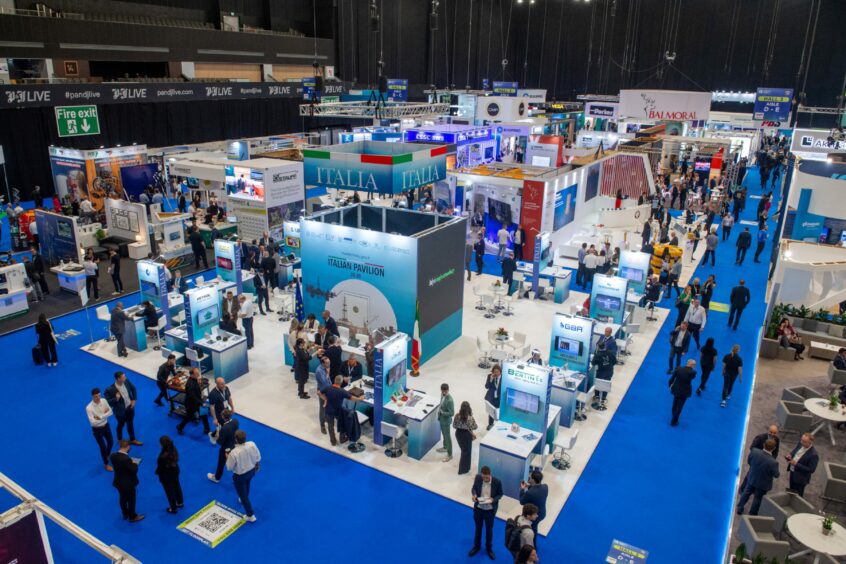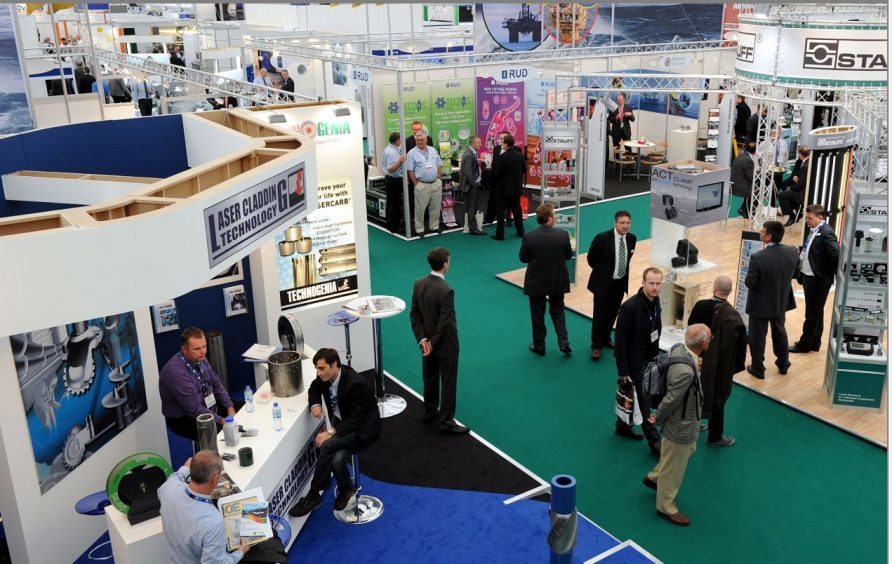“Are you here for the oil show?” came the question from waiters, receptionists and taxi drivers to those visiting Aberdeen over the last few days.
Innocuous small talk perhaps, but also evidence of a long-held perception of the industry.
This shouldn’t be taken as a sign that nothing has changed in the four years since the last “in-person” edition of Offshore Europe rolled into the Granite City. And certainly not since the founding event held in a tent on the grounds of Aberdeen University 50 years ago.
Region’s oil industry heritage still ‘a source of great pride’
Far from it. The north-east of Scotland’s oil industry heritage rightly remains a source of great pride, not something to be swept under the carpet. It took an unrivalled pioneering spirit to build a powerhouse industry in hostile, North Sea waters. It put this part of the world on the map and kept it there.
Furthermore, people from Aberdeen are perhaps more aware than most of the huge contribution this industry makes to the local and UK-wide economies, both in terms of jobs and tax revenues.
But people in the industry, in the north-east and throughout the UK, also understand that emissions from oil and gas production and their role in the climate crisis present the next grand industrial challenge which will require that same pioneering spirit.
The industry can still “do” oil and gas and be proud of that, but now also needs to deliver net-zero through eliminating emissions and accelerating the transition.
Offshore Europe 2023 is a brilliant metaphor for what we’re seeing – an industry that is staying true to what it does well, which means not turning its back on oil and gas, but also modernising and moving towards a bright, low-carbon future.
The atmosphere of determination and resolve which I sensed at Offshore Europe this week gives me great confidence that this industry, which has faced so much opposition, is up for the challenge.”
The flagship event boasted a Hydrogen Hub and prominent Energy Transition Theatre – a sign of the direction of travel. I also heard and took part in conversations about the opportunities that will arise from the energy transition.
What does that opportunity look like? I see a vibrant, interconnected North Sea which underpins the country’s energy security needs, delivers net-zero and supports hundreds of thousands of jobs for decades to come.
There are more than six billion barrels of UK North Sea oil and gas still to be produced, abundant wind resources and carbon stores, and vast hydrogen potential. By the end of this decade alone, £200 billion could be spent on these energy systems, which in isolation are a fantastic gift to the UK but reach their full potential when integrated.
But it is just an opportunity, with no guarantee that it will be achieved. The offshore energy industry must seize its chance to be the driver of the transition, not a passenger.
If opportunities are not acted on in the UK, they surely will go elsewhere.
Fully electified North Sea platform would be ‘a great place to start’ for winning over industry doubters
With its kit, capability and capital, the sector possesses all of the tools needed to deliver a net-zero North Sea, providing an example for the rest of the world to follow. I’ll go further than that. We can’t have an orderly transition without the industry, nor a fair one without the workers who make it what it is.
The sector needs to do more to spread that message and win over those who doubt its commitment to decarbonisation. Its argument would be strengthened if it had a portfolio of low-carbon projects it could physically point to as proof of its vital role in the transition. An operational offshore carbon store or a fully electrified North Sea platform would be a great place to start.
I see a vibrant, interconnected North Sea which underpins the country’s energy security needs, delivers net-zero and supports hundreds of thousands of jobs for decades to come.”
When we regroup for this flagship event in 2025, 2027 and beyond, we need to be able to talk about what we are doing and not what we’re going to do.
The atmosphere of determination and resolve which I sensed at Offshore Europe this week gives me great confidence that this industry, which has faced so much opposition, is up for the challenge. It will do more than just survive – it will go from strength to strength.
And hopefully when it returns in two years’ time the question being asked will be: “Are you here for the energy show?”
Stuart Payne is chief executive of the North Sea Transition Authority













Conversation